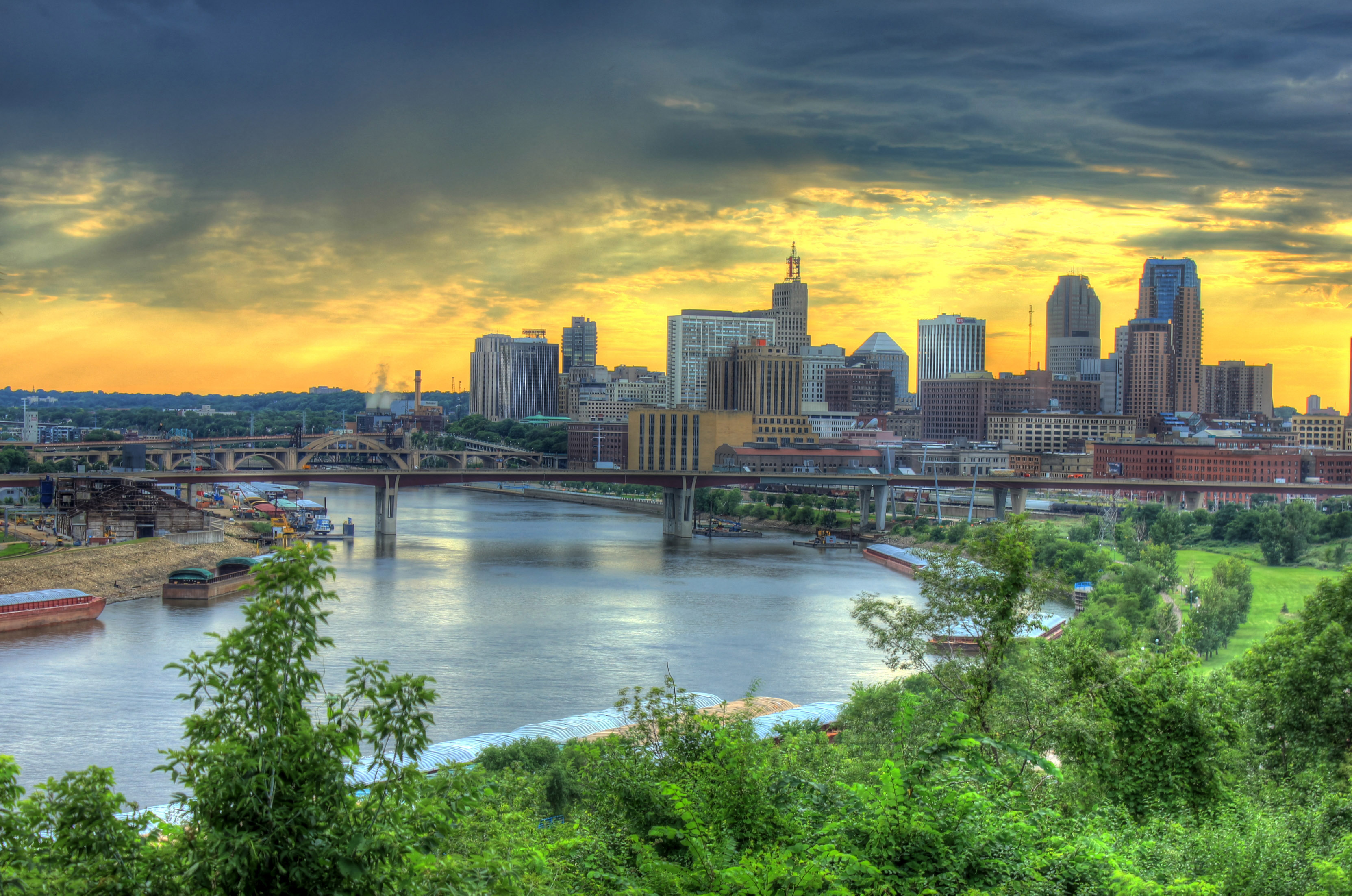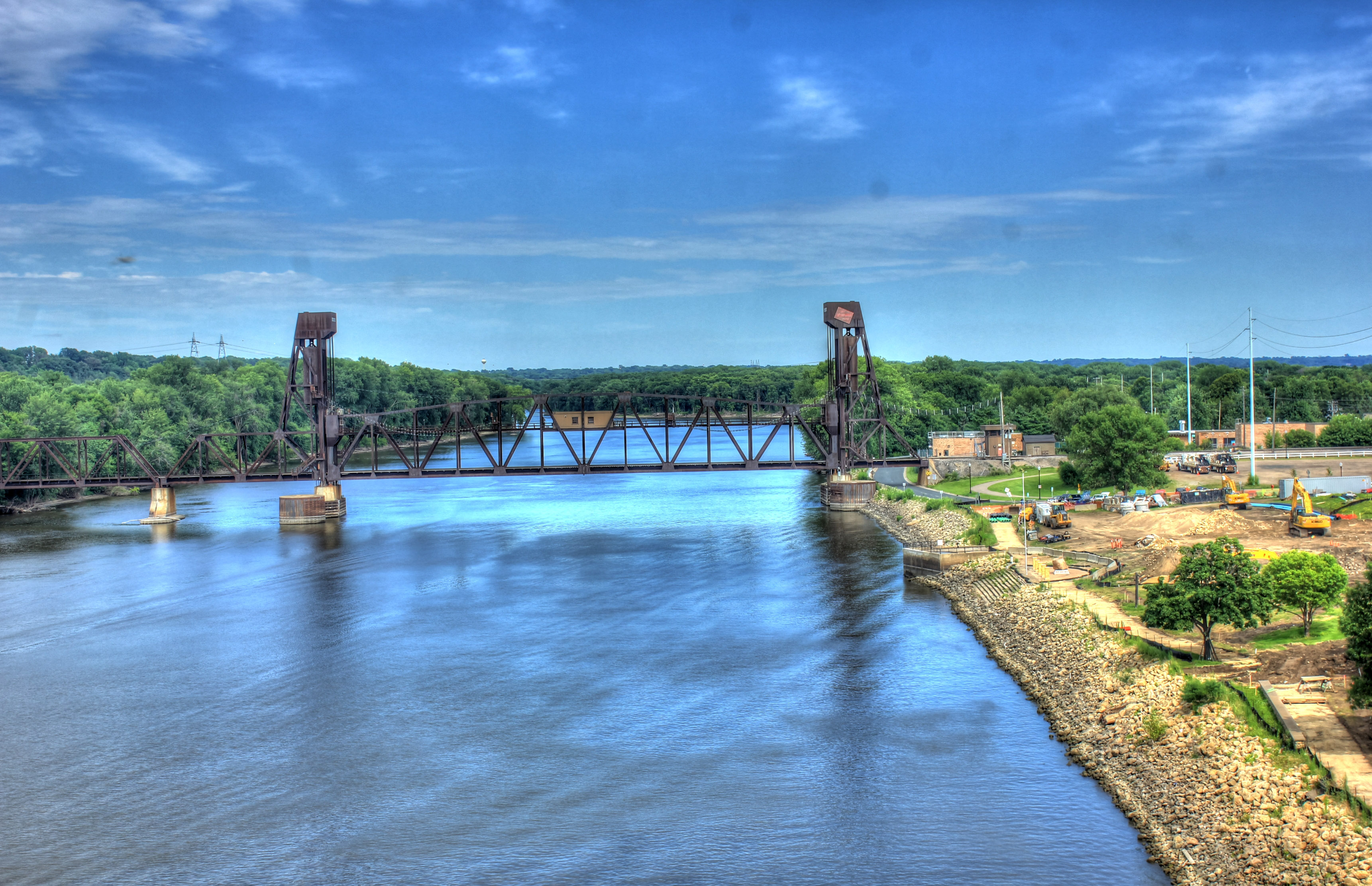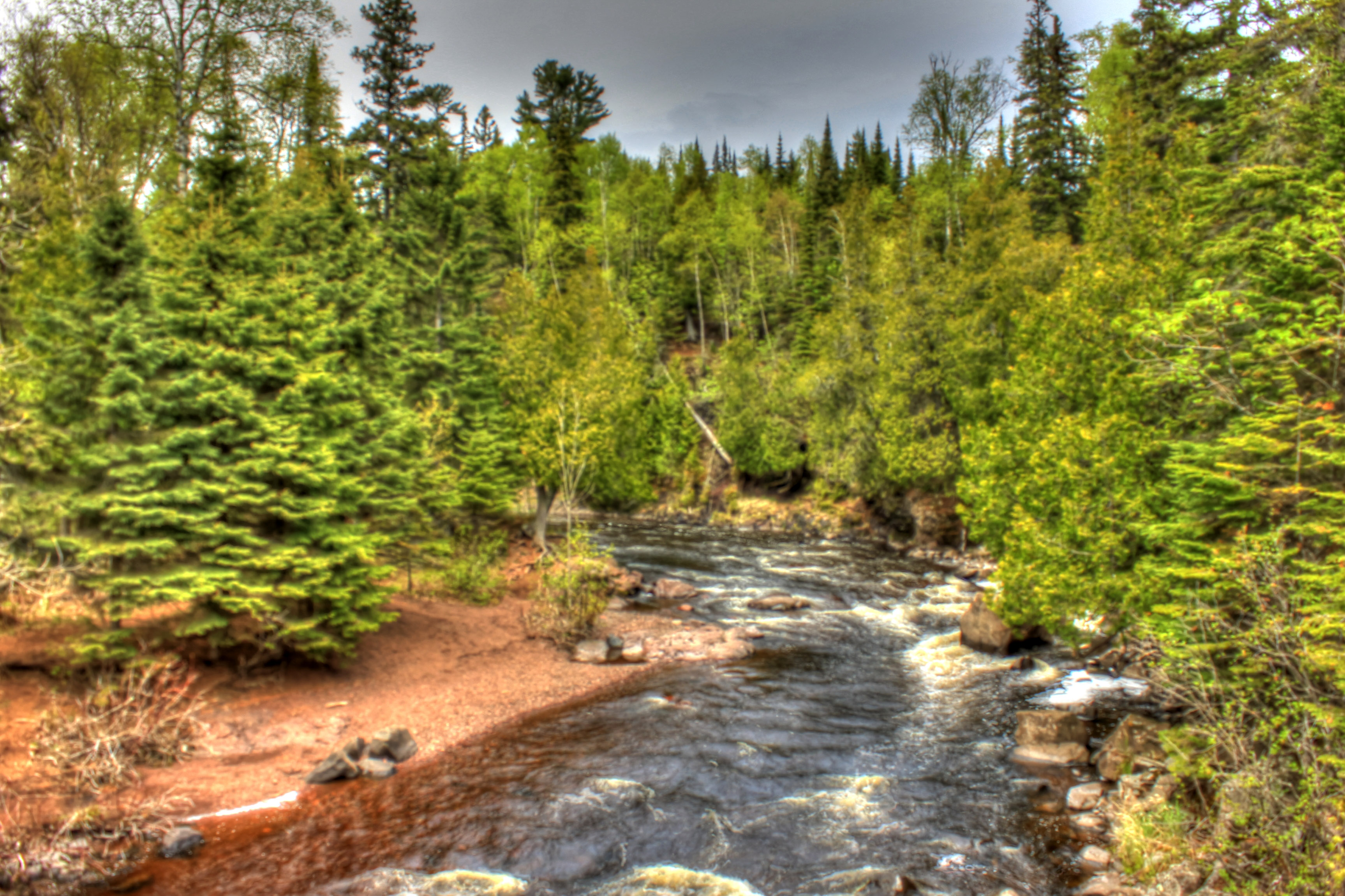Minnesota River Geography

The Minnesota River, a significant tributary of the Mississippi River, carves a path through the heart of Minnesota, shaping the state’s landscape and nourishing its ecosystems. Its journey begins in the western reaches of the state, where Big Stone Lake, nestled amidst rolling hills, serves as its source. From there, the river meanders eastward for over 300 miles, collecting waters from a vast watershed that encompasses a quarter of Minnesota’s land area.
The Minnesota River, a tributary of the Mississippi, meanders through the heart of the state. Along its winding course, the river passes through various landscapes, including the scenic valley where the Rapidan Dam is located. This dam, built in the early 20th century, serves as a hydroelectric power source and provides flood control for the surrounding areas.
As the river continues its journey, it encounters numerous tributaries, wetlands, and forests, creating a diverse ecosystem that supports a rich variety of flora and fauna.
Course of the River
The Minnesota River’s course can be divided into three distinct sections. The upper river, stretching from Big Stone Lake to Mankato, flows through a scenic valley carved by glaciers during the last ice age. The middle river, extending from Mankato to Shakopee, meanders through a more level terrain, forming oxbow lakes and wetlands. Finally, the lower river, flowing from Shakopee to its confluence with the Mississippi River at Fort Snelling, navigates through a narrow gorge known as the Minnesota River Valley.
Flowing through the heart of Minnesota, the Minnesota River has witnessed its share of challenges. One such event was the tragic dam failure in 1998, which caused significant flooding and damage to nearby communities. Despite these setbacks, the river remains a vital waterway for the region, supporting diverse ecosystems and providing recreational opportunities for countless individuals.
Tributaries and Watershed
The Minnesota River’s flow is augmented by numerous tributaries that drain a vast watershed. Major tributaries include the Blue Earth River, Le Sueur River, and Cottonwood River, each contributing significant volumes of water. The Minnesota River watershed encompasses a diverse landscape of prairies, forests, wetlands, and agricultural lands, reflecting the varied topography and ecosystems of the state.
The Minnesota River, a vital waterway for the region, meanders through a picturesque landscape. As it flows southward, the river encounters the Rapidan Dam, a significant hydroelectric facility located near rapidan dam location. The dam’s presence alters the river’s flow, creating a tranquil reservoir that extends upstream for miles.
Beyond the dam, the Minnesota River continues its journey, providing sustenance to wildlife and serving as a recreational haven for locals and visitors alike.
Minnesota River Ecology

The Minnesota River is a vital ecosystem that supports a diverse array of plant and animal life. The river’s meandering course, floodplains, and riparian areas create a rich habitat mosaic that provides food, shelter, and breeding grounds for numerous species.
The river’s waters are home to a variety of fish, including walleye, northern pike, bass, and catfish. The river also provides important spawning and nursery habitat for migratory fish, such as sturgeon and paddlefish. The river’s banks are lined with forests, wetlands, and grasslands, which provide habitat for a variety of birds, mammals, reptiles, and amphibians.
Wetland Habitats
The Minnesota River is a major contributor to the wetland ecosystems of the Upper Midwest. The river’s floodplains and riparian areas provide essential habitat for a variety of wetland plants and animals. These wetlands provide important ecosystem services, such as water filtration, flood control, and wildlife habitat.
Migratory Bird Populations
The Minnesota River is an important migratory route for birds. The river’s riparian areas provide stopover habitat for millions of birds each year. These birds rely on the river’s wetlands and forests for food, shelter, and resting.
Preservation and Restoration
The Minnesota River is facing a number of challenges, including pollution, habitat loss, and climate change. These challenges threaten the river’s ecological health and the species that depend on it. There are a number of opportunities to preserve and restore the river’s ecological health, including reducing pollution, protecting and restoring habitat, and managing the river’s flow.
Minnesota River History and Culture

The Minnesota River, a significant waterway in the Upper Midwest, holds a rich tapestry of historical and cultural significance. Its meandering course has witnessed the passage of time, leaving an enduring legacy that continues to shape the region today.
Native American Legacy
For centuries, the Minnesota River was a vital artery for Native American tribes, including the Dakota, Ojibwe, and Iowa. They relied on the river’s resources for sustenance, transportation, and cultural practices. The riverbanks served as gathering places for ceremonies, trade, and storytelling, fostering a deep connection between the tribes and the land.
Early Settlers and Exploration
In the 17th century, European explorers ventured into the Minnesota River valley. French fur traders established trading posts along its shores, connecting the region to the global fur trade network. Later, American settlers arrived in the mid-19th century, seeking fertile farmland and economic opportunities.
Transportation and Trade, Minnesota river
The Minnesota River played a pivotal role in the development of transportation and trade in the region. Steamboats navigated its waters, transporting goods and people between settlements. The river’s banks became hubs for commerce, with warehouses and grain elevators lining its shores.
Industrial Development
In the late 19th and early 20th centuries, the Minnesota River became a catalyst for industrial development. Water-powered mills and factories sprang up along its banks, harnessing its energy for milling, manufacturing, and other industries. The river’s proximity to raw materials and transportation routes fueled the growth of cities and towns throughout the region.
Cultural Heritage and Recreation
Today, the Minnesota River is a treasured cultural heritage and a popular destination for recreation. Its scenic beauty, abundant wildlife, and historic sites attract visitors from far and wide. Kayaking, fishing, and hiking are popular activities along its shores. The river’s legacy is preserved in museums, historical markers, and festivals, ensuring that its rich past continues to inspire future generations.
The Minnesota River, a serpentine artery meandering through the heartland, has witnessed countless tales along its banks. One such tale, etched into the annals of history, is the tragic Rapidan Dam failure. This catastrophic event, a haunting reminder of human error, forever altered the river’s course, leaving behind a legacy of both sorrow and lessons learned.
The Minnesota River, a majestic waterway that meanders through the heart of Minnesota, is home to numerous dams, each with its own unique history and significance. Among these, the rapidan dam in minnesota stands out as a testament to human ingenuity and the power of water to shape the landscape.
Built in the early 1900s, this dam harnesses the river’s energy, providing a vital source of power for the surrounding communities while also contributing to flood control and recreation.